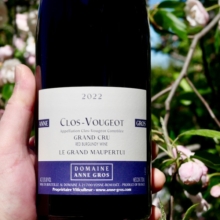
Product information
Domaine Anne Gros Clos de Vougeot ‘Le Grand Maupertui’ Grand Cru 2022
$785
Description
The 2002 Clos de Vougeot le Grand Maupertui Grand Cru, which comes from vines born in 1904, is endowed with darker fruit than the Grands-Echézeaux. Well-defined, maybe a little opulent in style, yet still controlled. The palate is well-endowed with dark berry fruit, more black than red, pain d’épice and white pepper. There’s plenty of substance and grip towards the finish. But it is always elegant and deserves 10-12 years in bottle. Excellent. Drink: 2030-2065
Neal Martin, Vinous 95-97 Points
Only 1 left in stock
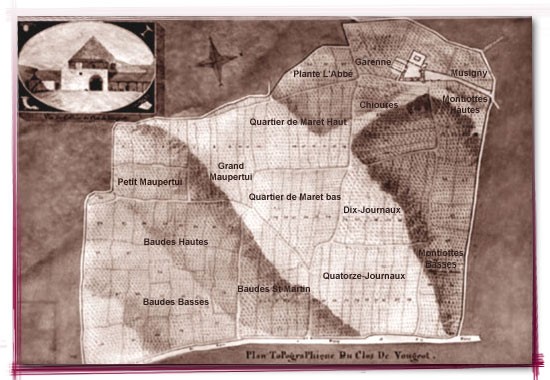

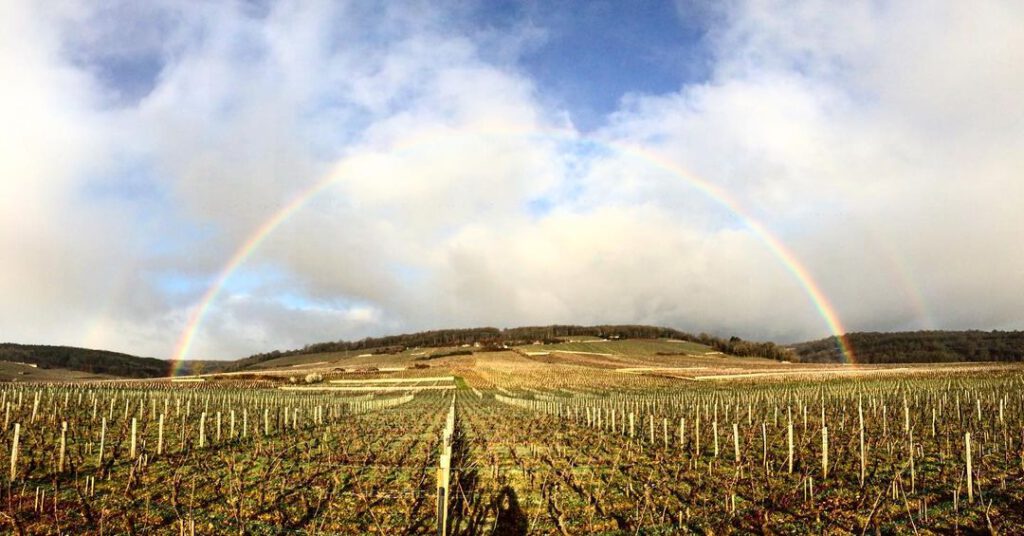






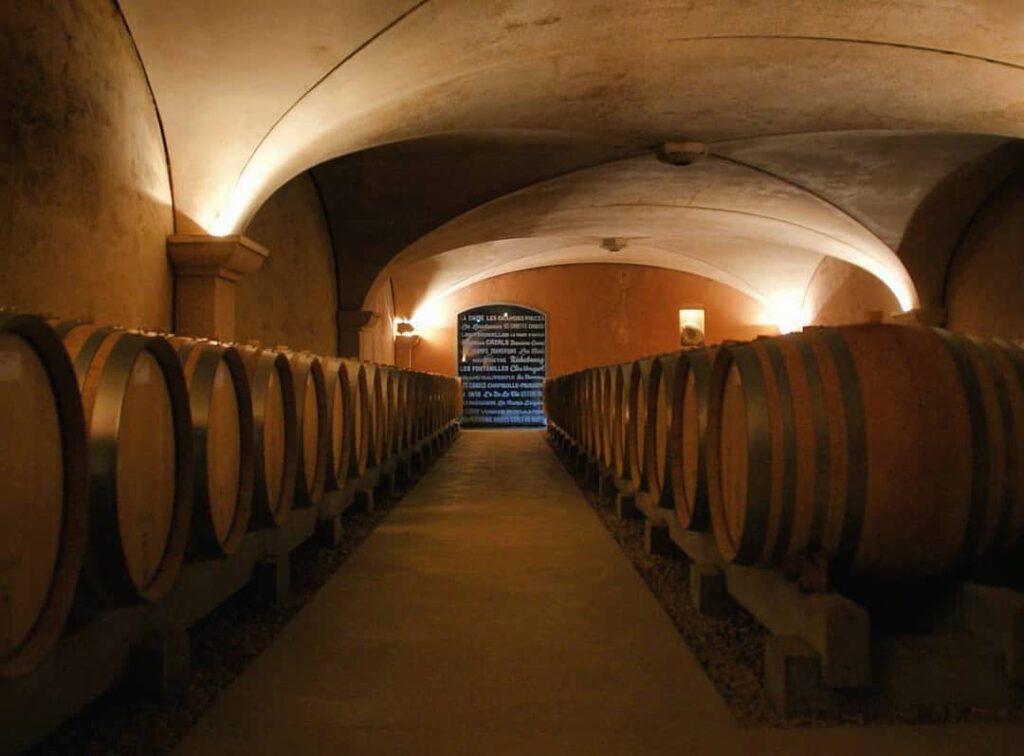
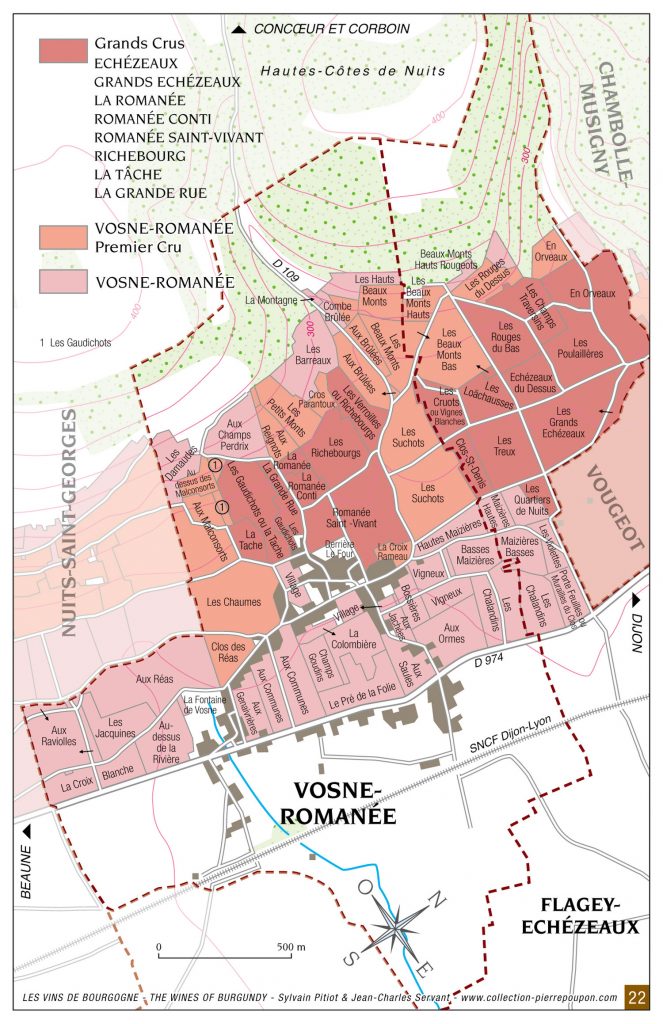
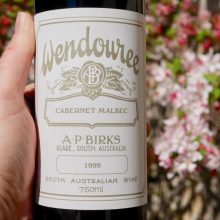
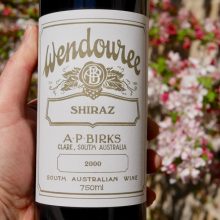
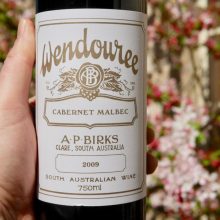
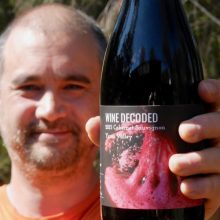
You must be logged in to post a comment.